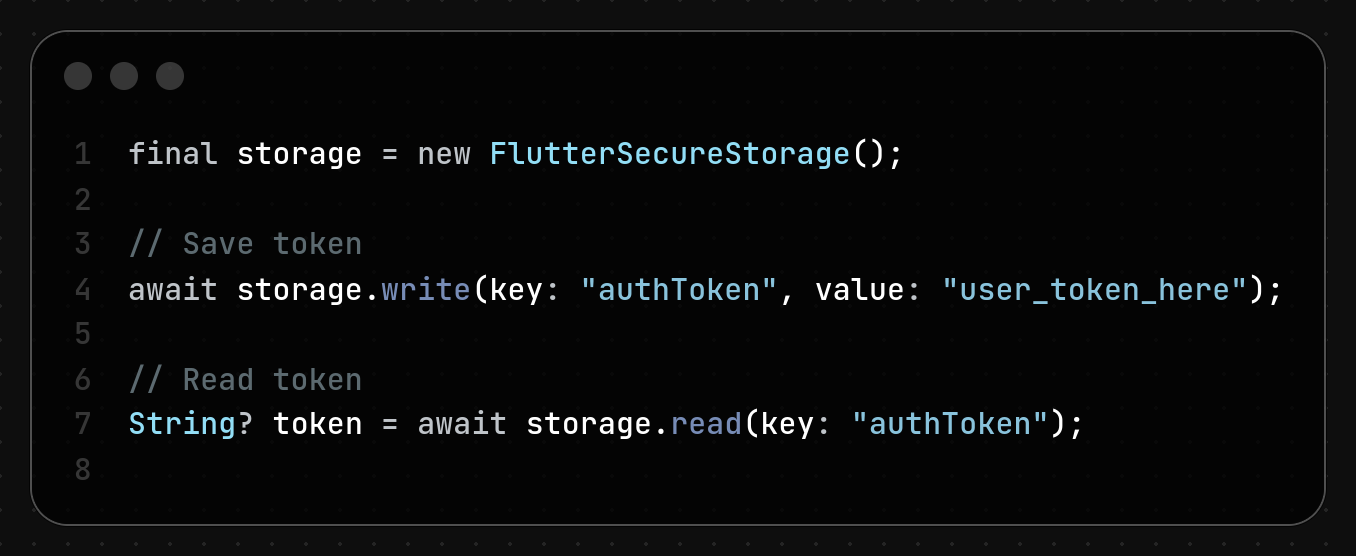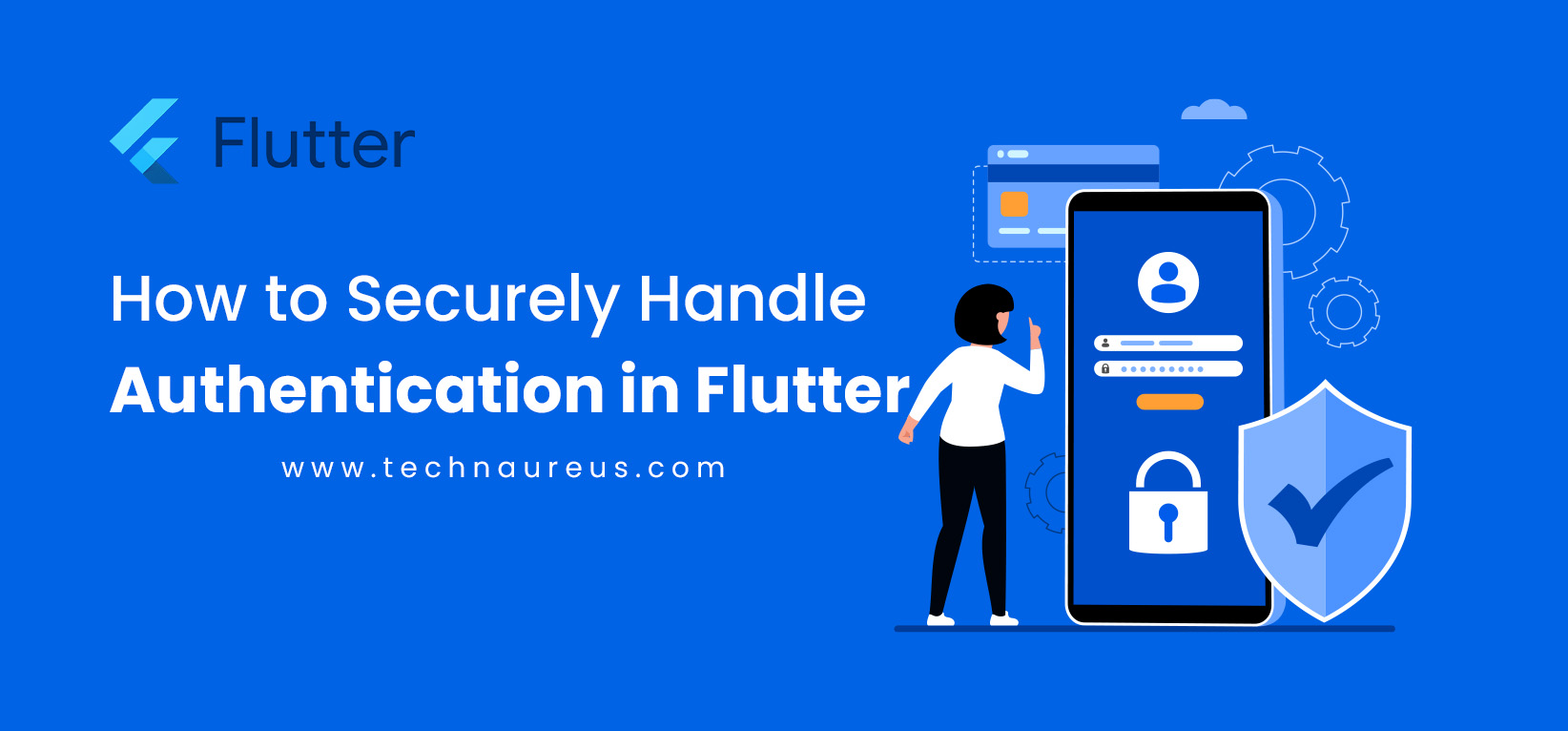Nishma KVSept. 30, 2025
If you’re building a Flutter app, chances are you’ll need authentication. Whether it’s email login, social sign-in, or token-based access, handling user authentication securely is critical. A single weak spot could expose user data or compromise your app.
In this guide, we’ll break down how to handle authentication in Flutter the right way — from storing credentials safely to using trusted libraries. No jargon, just practical steps you can follow.
Authentication isn’t just about logging users in — it’s about protecting their identities and data. Poorly implemented login systems can lead to:
For Flutter apps, where mobile devices can be easily compromised, securing authentication is not optional — it’s a must.
Instead of building your own login system from scratch, rely on services like:
These providers handle much of the heavy lifting, such as password hashing, token management, and multi-factor authentication.
Your app must communicate with APIs over HTTPS. Sending credentials over HTTP can expose them to attackers.
Never store access tokens or passwords in plain text. Instead, use:
Example using flutter_secure_storage:

Access tokens often expire for security reasons. Use refresh tokens or reauthentication methods so users don’t get logged out abruptly.
Passwords should only be sent once to the server (over HTTPS). Store only tokens on the device — never raw passwords.
If possible, enable MFA through your authentication provider. This adds an extra security layer beyond just username and password.
Authentication libraries receive regular updates for security patches. Regularly update your Flutter packages to avoid known vulnerabilities.
Handling authentication in Flutter securely is about more than just logging users in — it’s about protecting their trust. By using trusted providers, securing tokens, and following best practices, you can build safer apps without overwhelming complexity.
What about you? Have you already implemented authentication in your Flutter app? Share your experience in the comments below — your insights might help another developer.
The safest way is to use the flutter_secure_storage package, which uses the Keychain on iOS and Keystore on Android.
No, never store raw passwords locally. Store only tokens provided by your backend or authentication service.
Yes, but it’s risky unless you’re experienced with security. Using providers like Firebase Auth or Auth0 is safer and faster.
Use a refresh token mechanism or silent reauthentication provided by your auth service to renew expired tokens automatically.
Yes, Firebase Auth is widely used and secure when configured properly. Just ensure you also follow best practices for storing tokens and securing API calls.

0